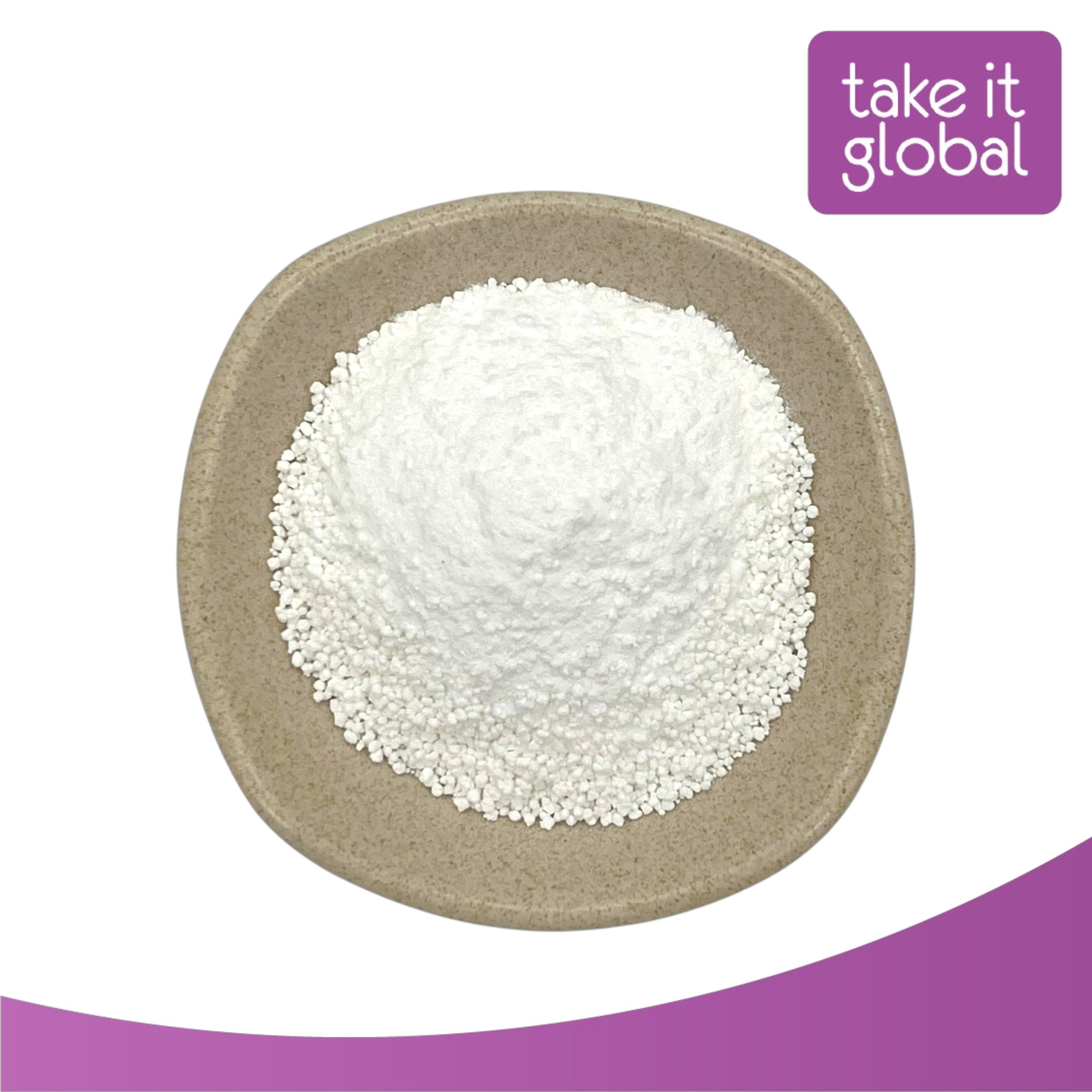Calcium acetate food grade is a white, odorless, crystalline powder with the chemical formula Ca(C₂H₃O₂)₂. It is the calcium salt of acetic acid and is soluble in water but insoluble in alcohol. As a food additive, it is identified by the E number E263. It is used in regulated amounts and complies with food safety standards.
In food applications, calcium acetate serves three main functions: preservative, acidity regulator, and stabilizer. As a preservative, it inhibits the growth of mold and certain bacteria, making it effective in extending the shelf life of baked goods such as bread, cakes, and muffins. Its antifungal action is particularly useful in products stored at room temperature.
As an acidity regulator, calcium acetate helps maintain or adjust pH in processed foods. This function is important in products like dressings, sauces, canned vegetables, and pickled foods, where precise pH control is needed for taste, safety, and texture.
In confectionery, calcium acetate helps control crystallization of sugars, ensuring a smoother texture in products like hard candies. It is also used in cheese making to adjust the acidity of milk, which influences curd formation and final texture. In beverages, it acts as a buffering agent to maintain pH stability, especially in acidic drinks.
Additionally, calcium acetate may be used in food supplements as a minor source of calcium, though other calcium salts are more commonly used for nutritional purposes. Its use is limited to approved concentrations, and it is not suitable for high-calcium fortification.

